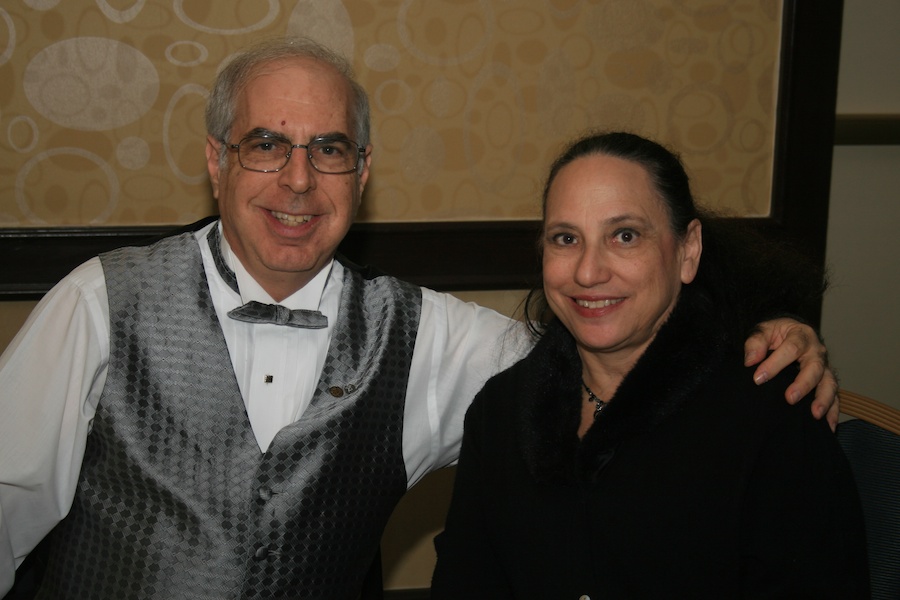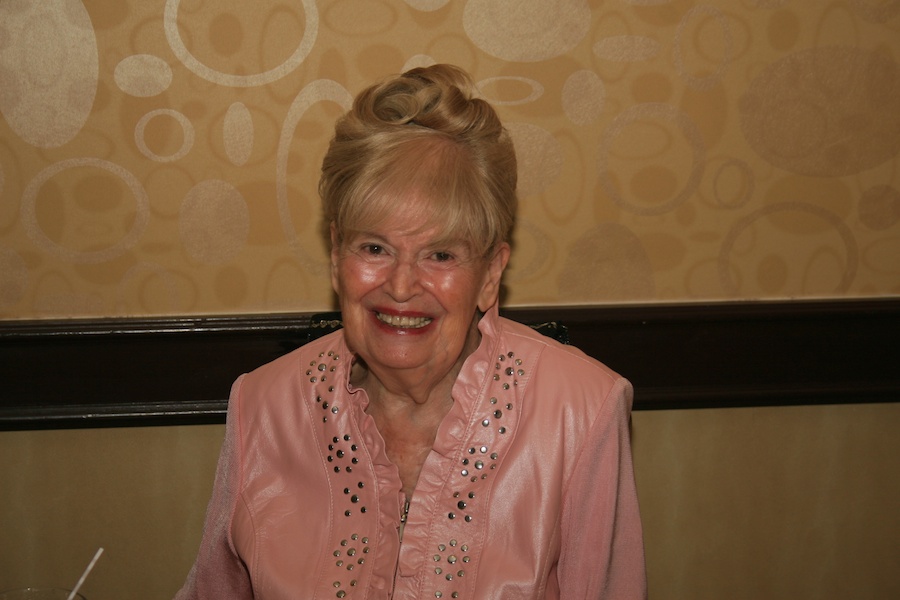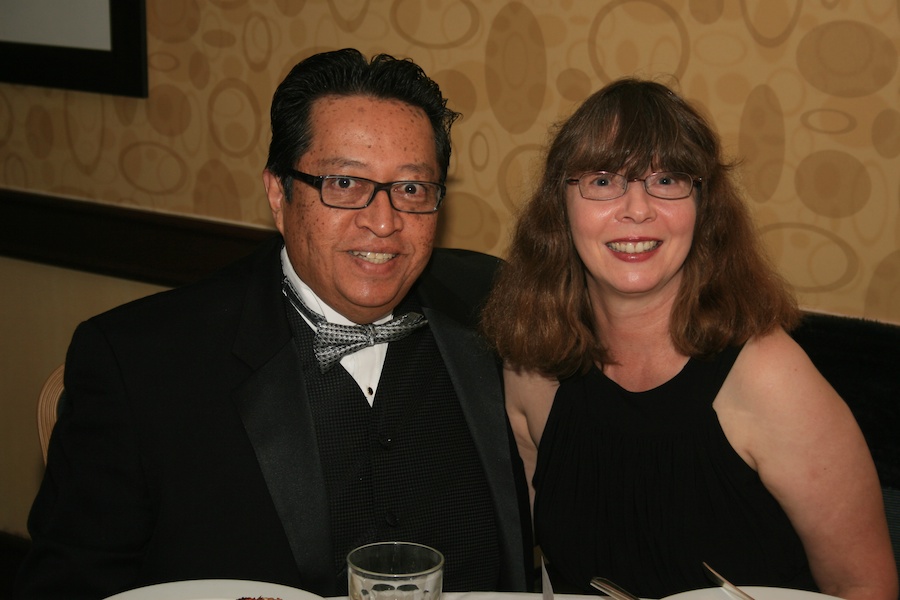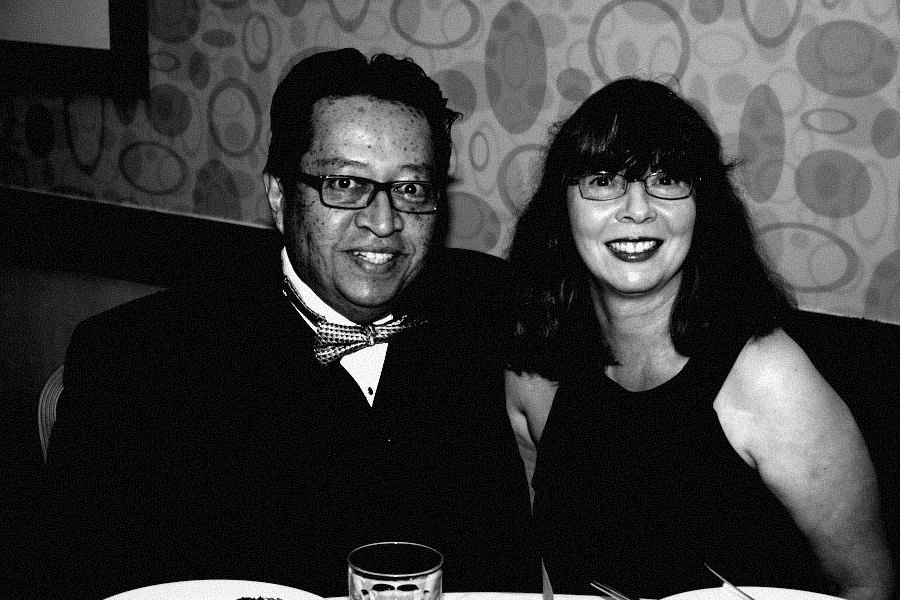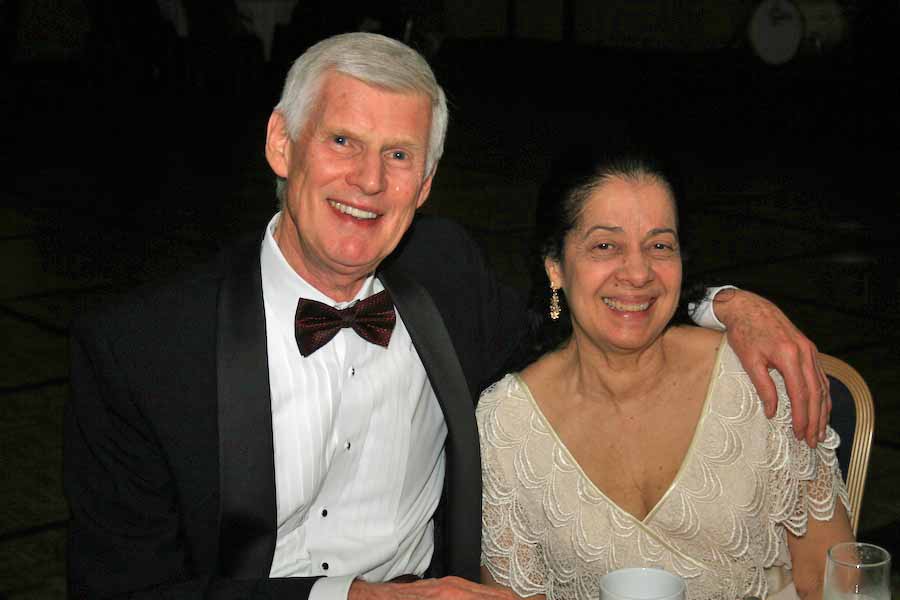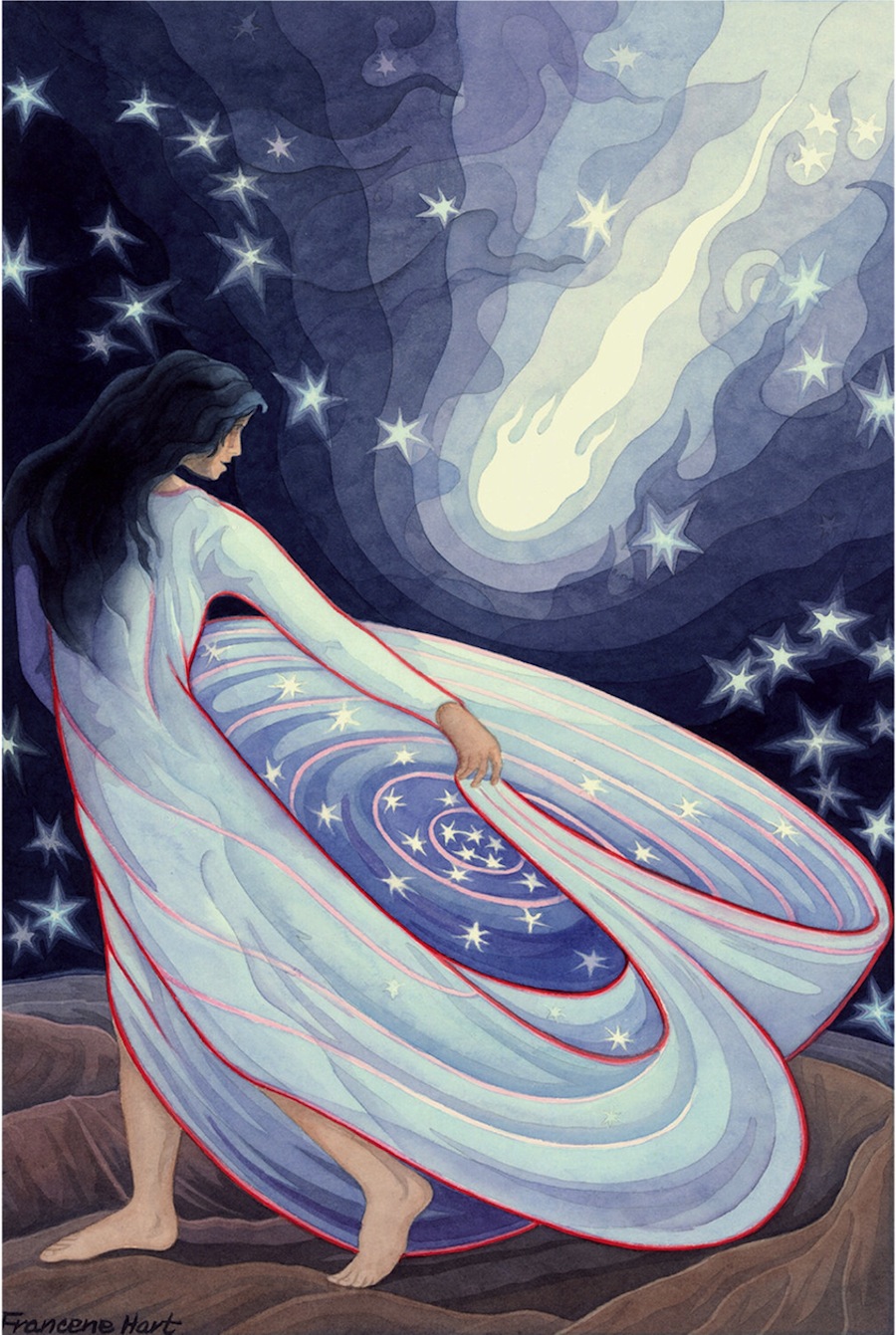Who Was Here? Which Falling "Star" Was Theirs? (Page Two)
Each Table Had Its Own "Falling Star"
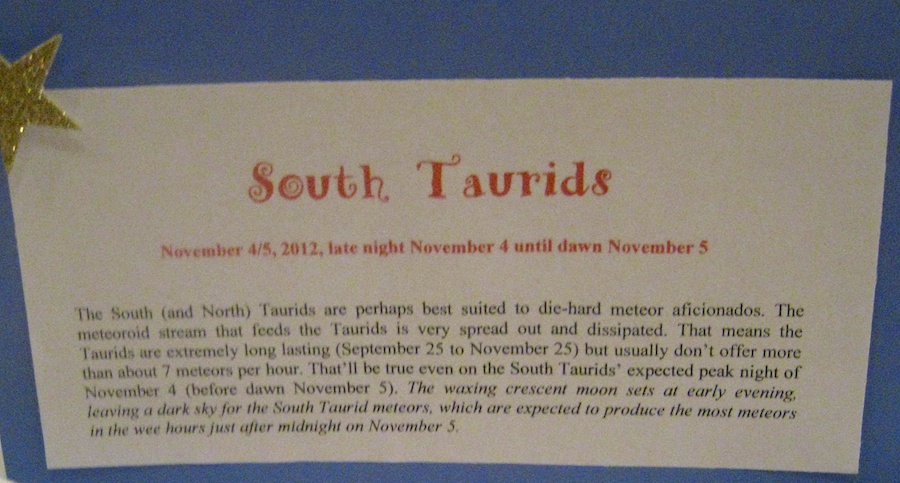
Dottie and Bruce made great descriptive signs for each table.... They are recreated below
Who Was Here? Let The Collage Reveal The Truth...

Click for the full-sized image (1600px by 1200px)
collage-whowashere-2012-10-13.jpg
Table One - The South Taurids
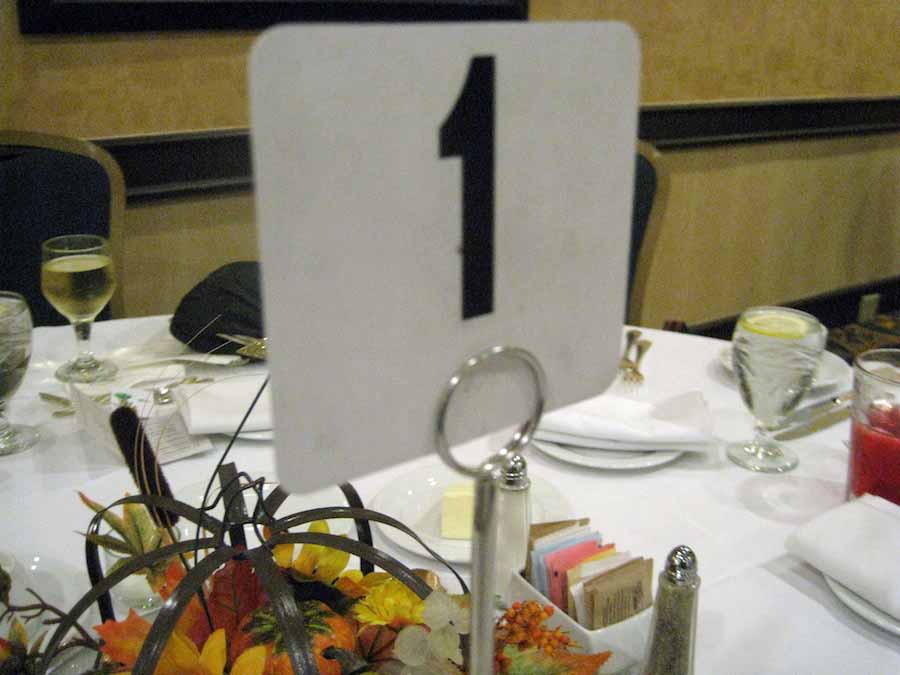

Did You Know? - November 4/5, 2012, late night November 4 until dawn November 5 South Taurids
The South (and North) Taurids are perhaps best suited to die-hard meteor aficionados. The meteoroid stream that feeds the Taurids is very spread out and dissipated. That means the Taurids are extremely long lasting (September 25 to November 25) but usually don’t offer more than about 7 meteors per hour. That’ll be true even on the South Taurids’ expected peak night of November 4 (before dawn November 5). The waxing crescent moon sets at early evening, leaving a dark sky for the South Taurid meteors, which are expected to produce the most meteors in the wee hours just after midnight on November 5.
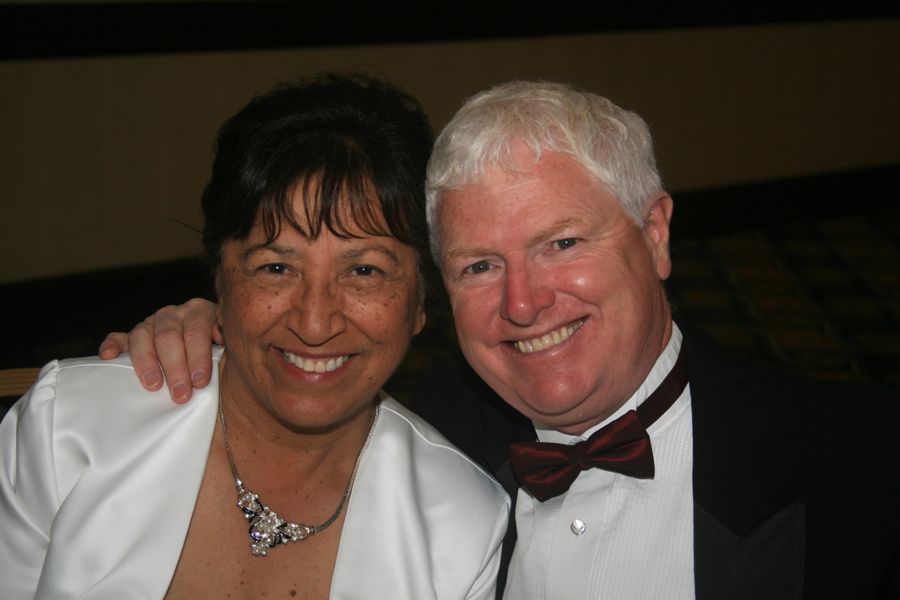
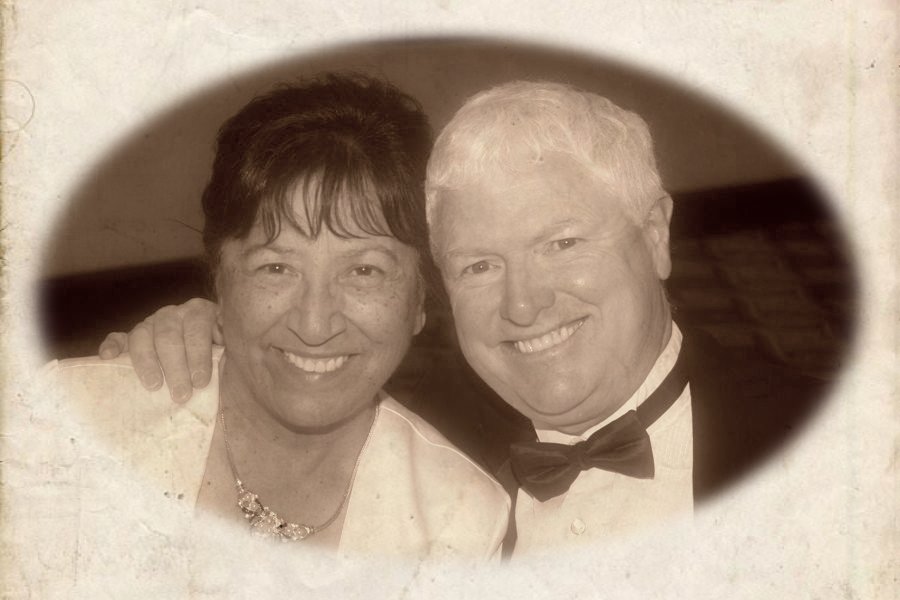
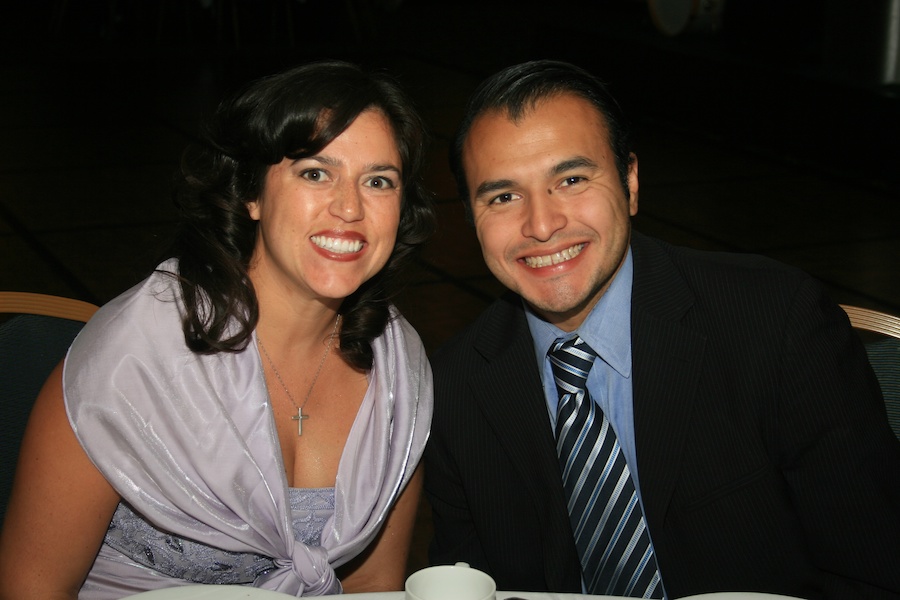
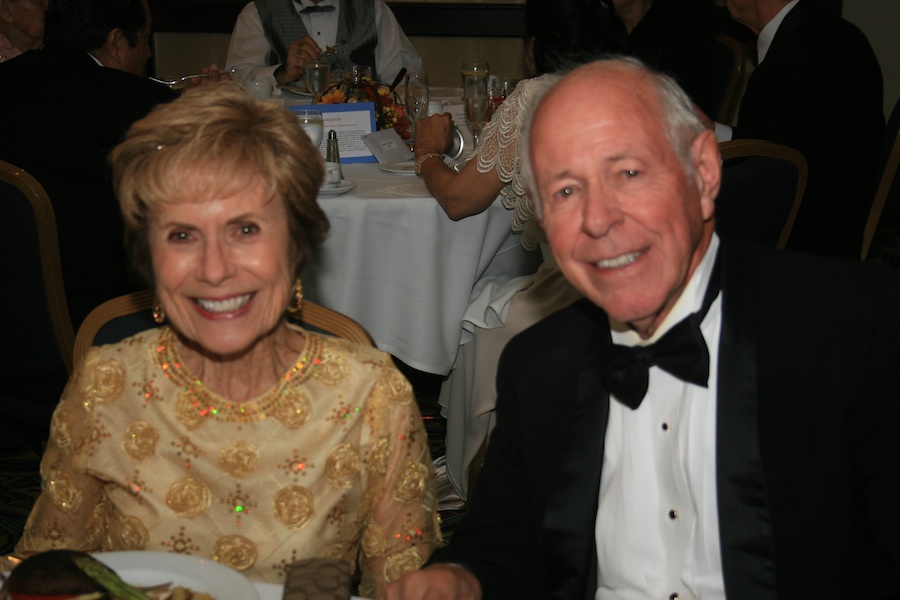
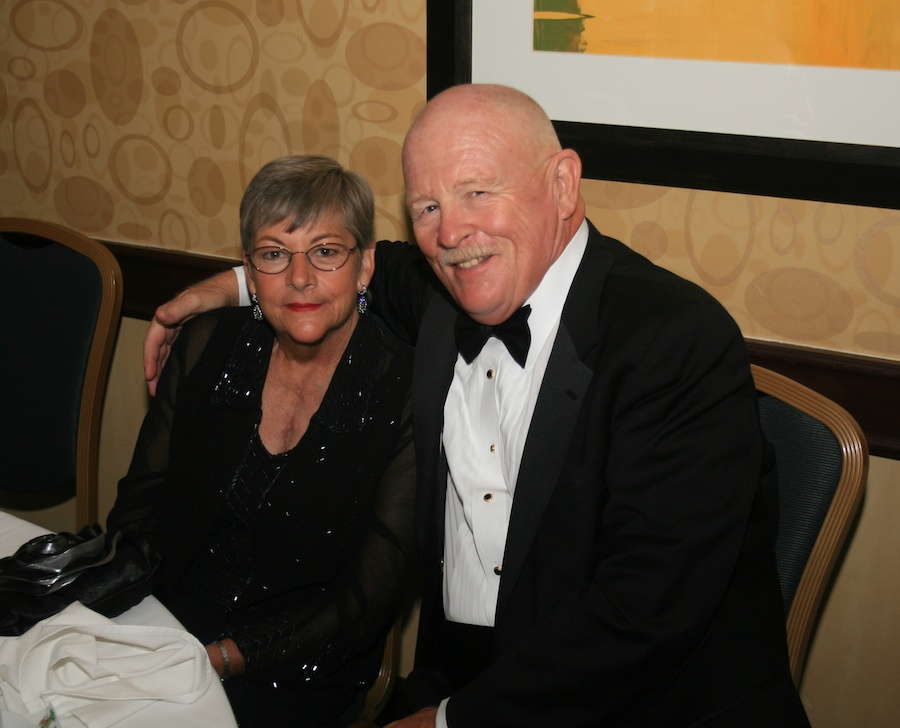
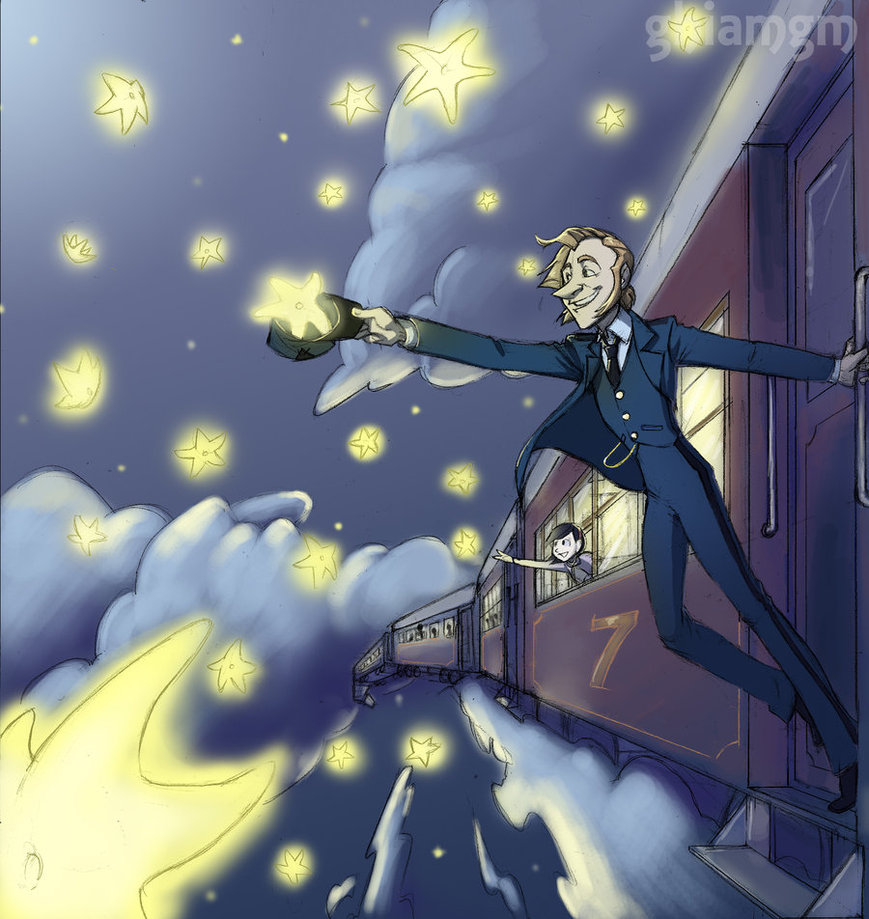
Table Two - Orionids
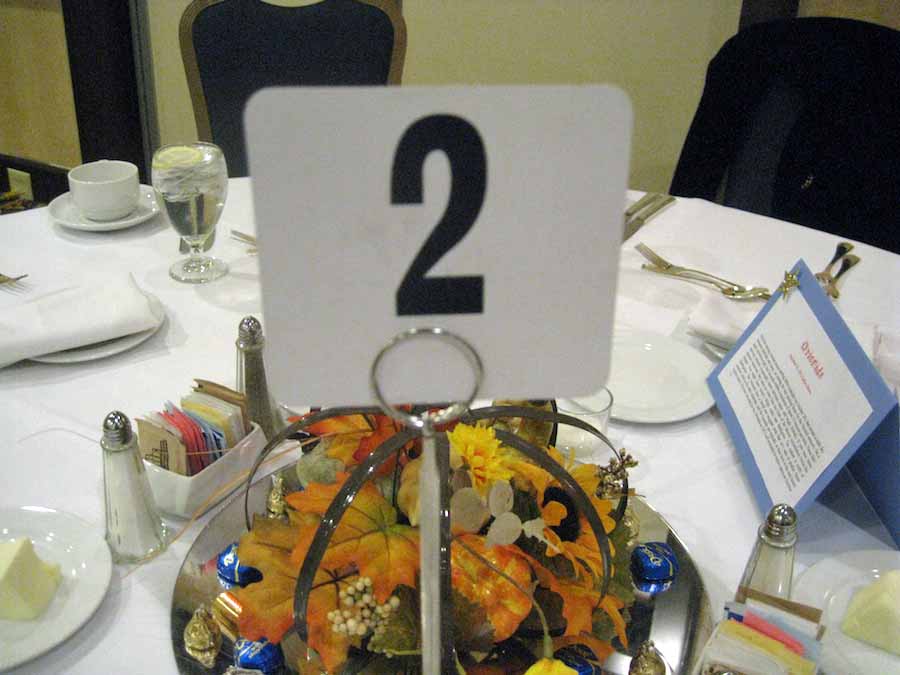
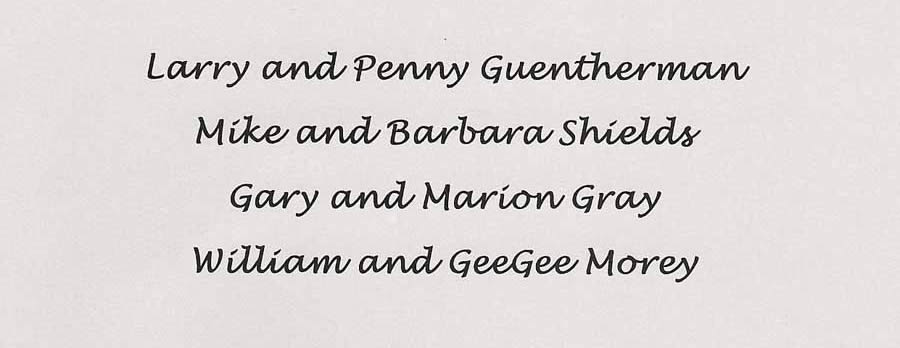
Did You Know? - October 21, 2012, before dawn. Orionids
With the waxing crescent moon setting before midnight (on October 20), that means a dark sky between midnight and dawn, or during the best viewing hours for the Orionid meteors. On a dark, moonless night, the Orionids exhibit a maximum of about 15 meteors per hour. These fast-moving meteors occasionally leave persistent trains and bright fireballs. If you trace these meteors backward, they seem to come from the Club of the famous constellation Orion the Hunter. You might know Orion’s bright, ruddy star Betelgeuse. The radiant is north of Betelgeuse. The Orionids have a broad and irregular peak that isn’t easy to predict. More meteors tend to fly after midnight, and the Orionids are typically at their best in the wee hours before dawn. The best viewing for the Orionids in 2012 will probably be before dawn on October 21..
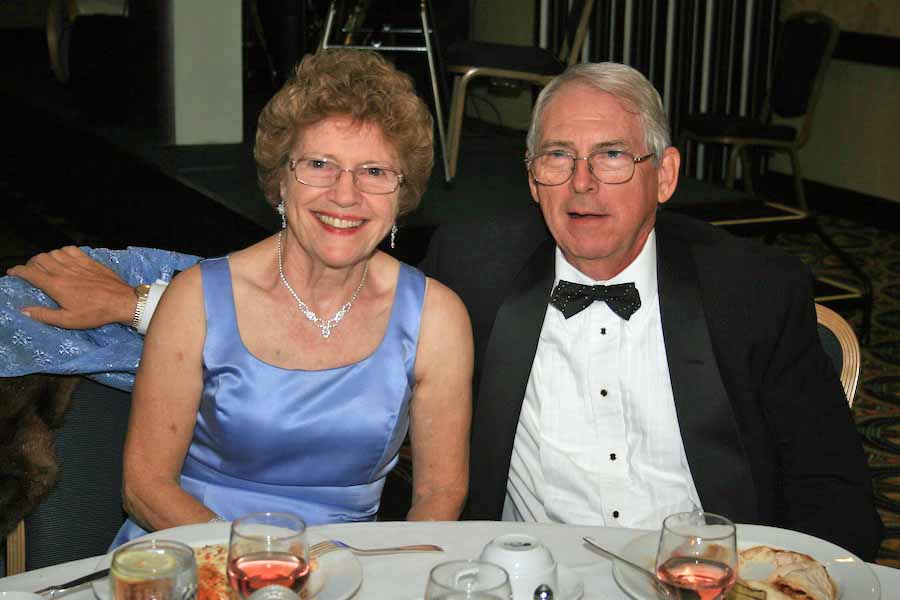
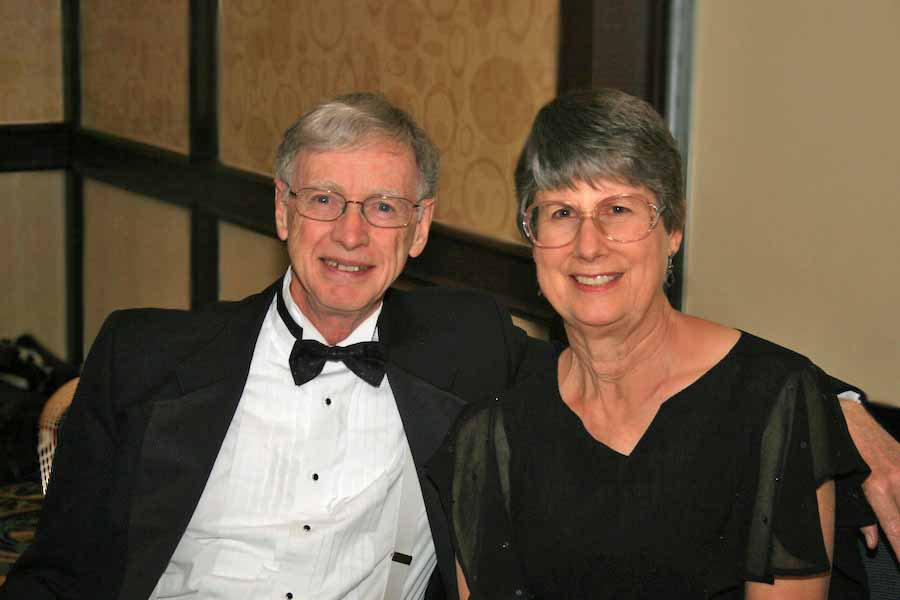
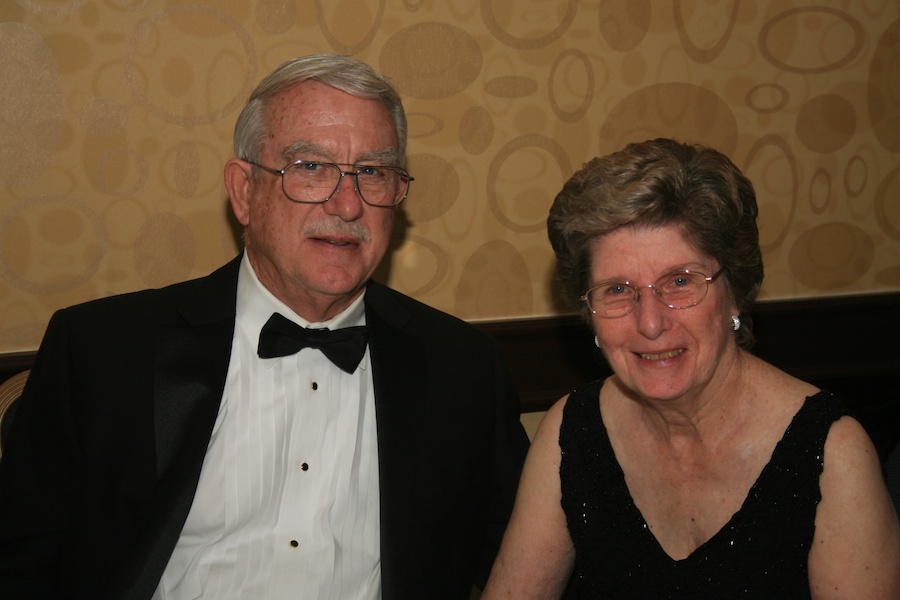
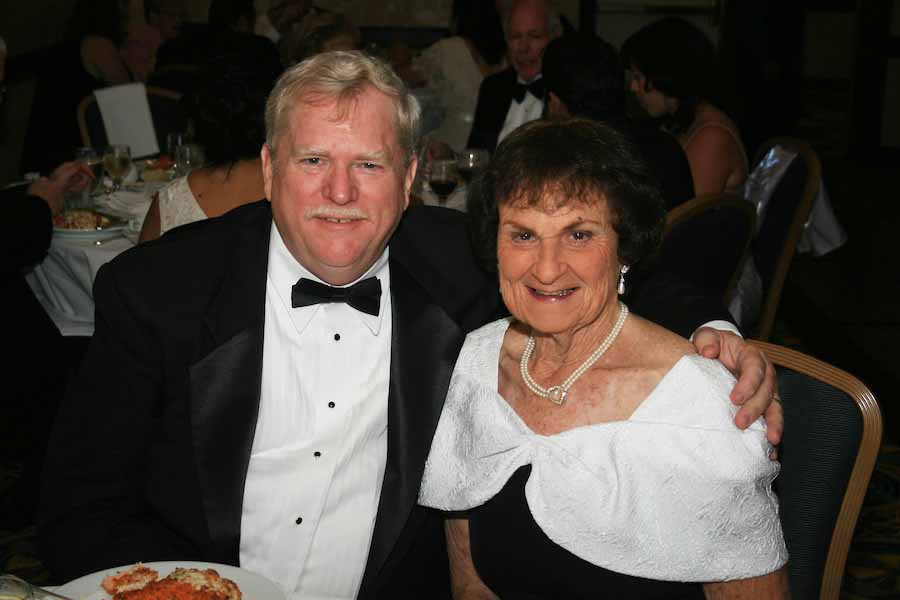
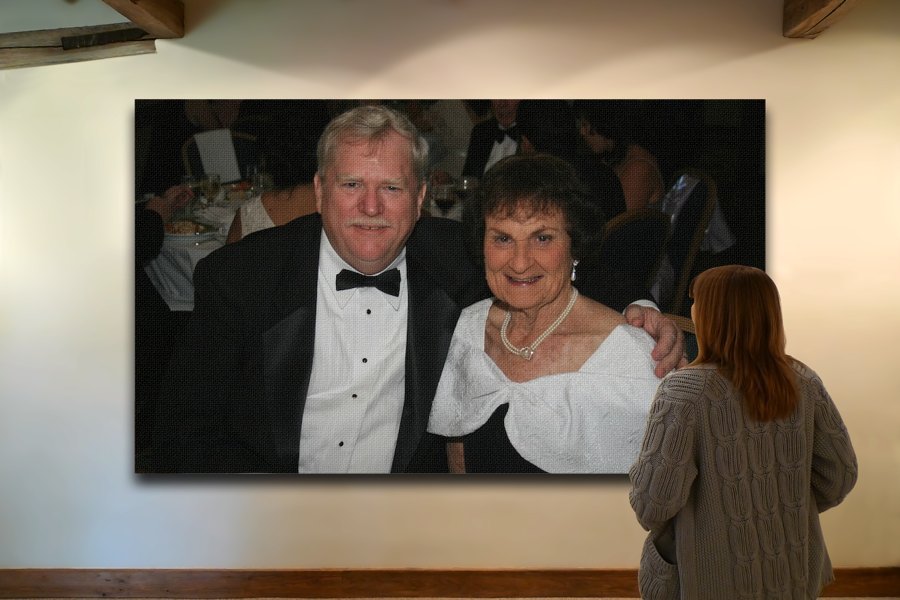

Table Three - Leonids
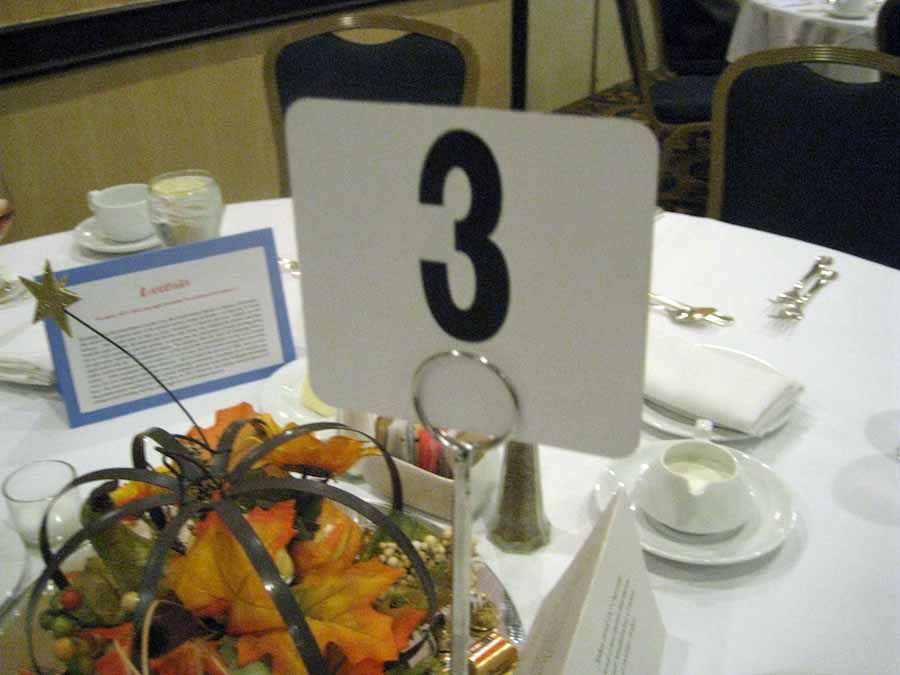
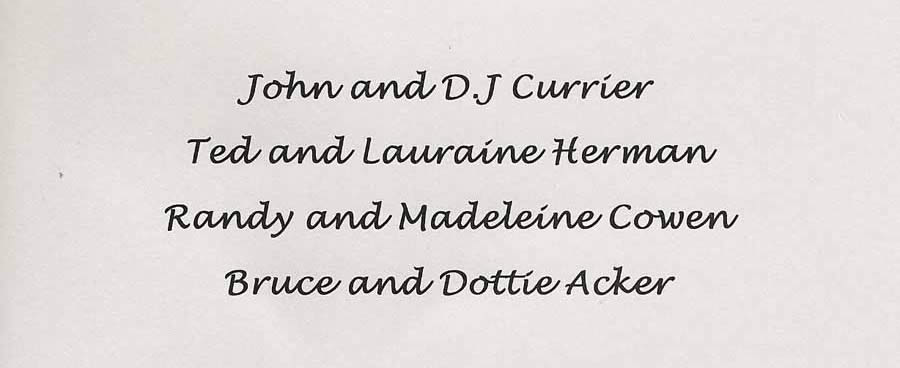
Did You Know? - November 16/17, 2012, late night November 16 until dawn November 17 Leonids
Radiating from the constellation Leo the Lion, the Leonid meteor shower is famous. Historically, this shower has produced some of the greatest meteor storms in history – at least one in living memory, 1966 – with rates as high as many thousands of meteors per hour. Indeed, on that beautiful night in 1966, the meteors did fall like rain. Some who watched the shower said they felt as if they needed to grip the ground, so strong was the impression of Earth plowing along through space, fording the meteoroid stream. The meteors, after all, were all streaming from a single point in the sky – the radiant point – in this case in the constellation Leo the Lion. Leonid meteor storms sometimes recur in cycles of 33 to 34 years, but the Leonids around the turn of the century – while wonderful for many observers – did not match the shower of 1966. And, in most years, the Lion whimpers rather than roars, producing a maximum of perhaps 10-15 meteors per hour. Like most meteor showers, the Leonids ordinarily pick up steam after midnight and display the greatest meteor numbers just before dawn. In 2012, however, the waxing crescent moon will setting at early evening, leaving a dark night for Leonid meteor shower.
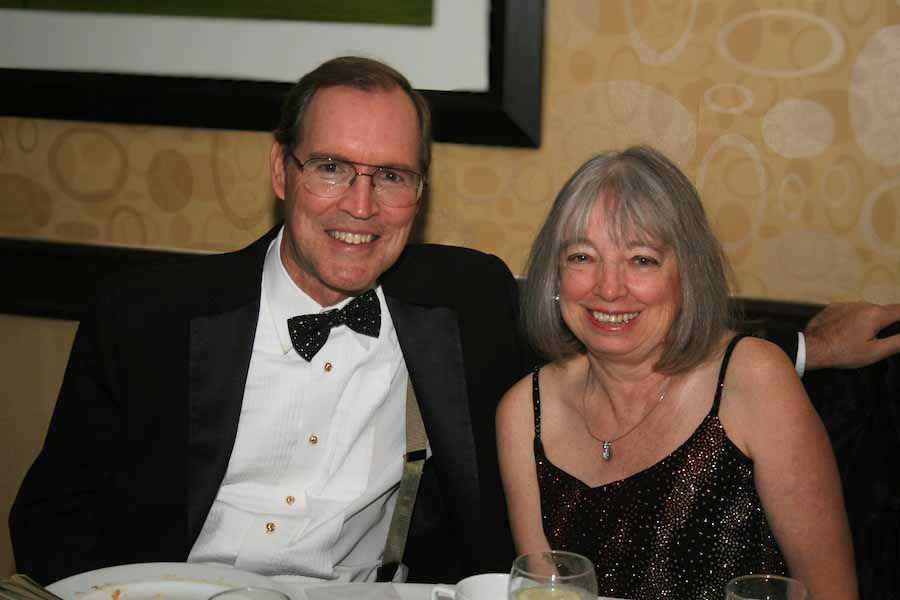

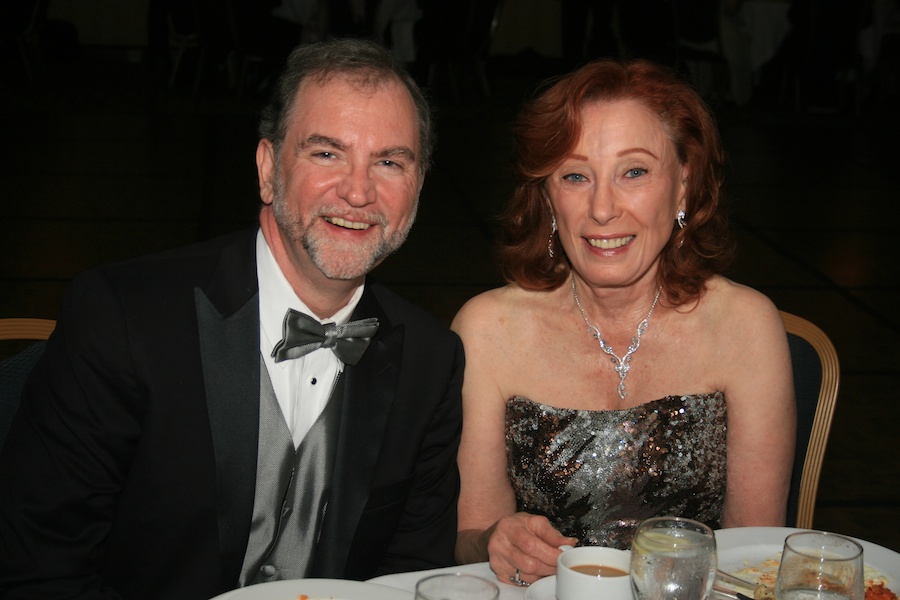
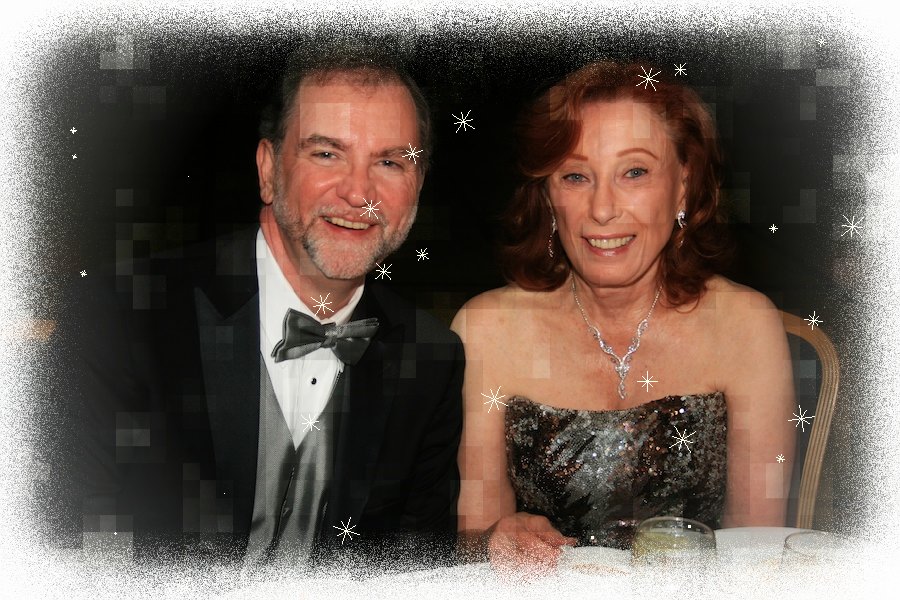
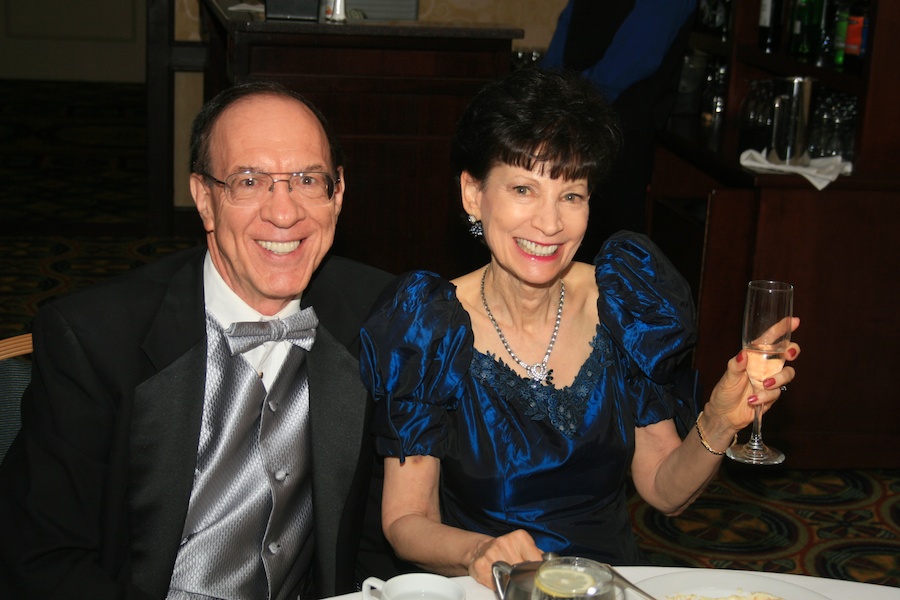
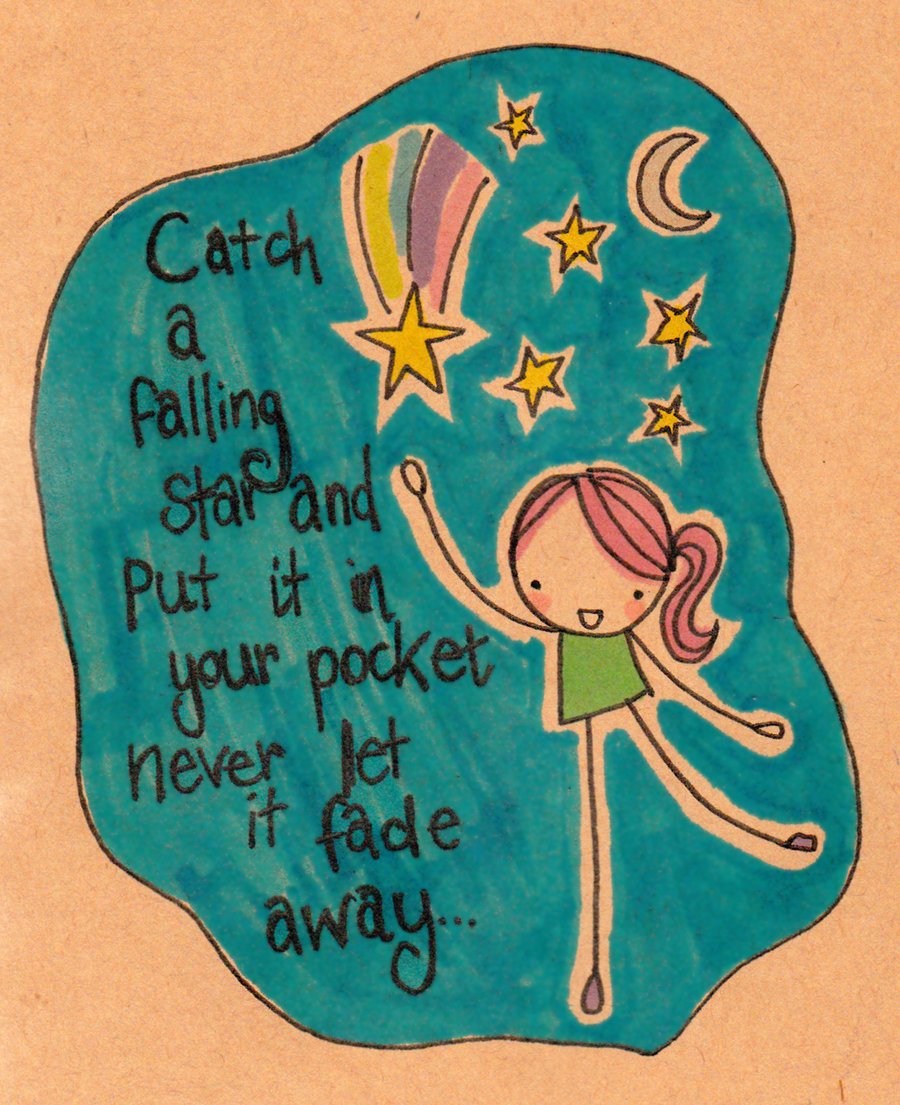
Table Four - Leonids
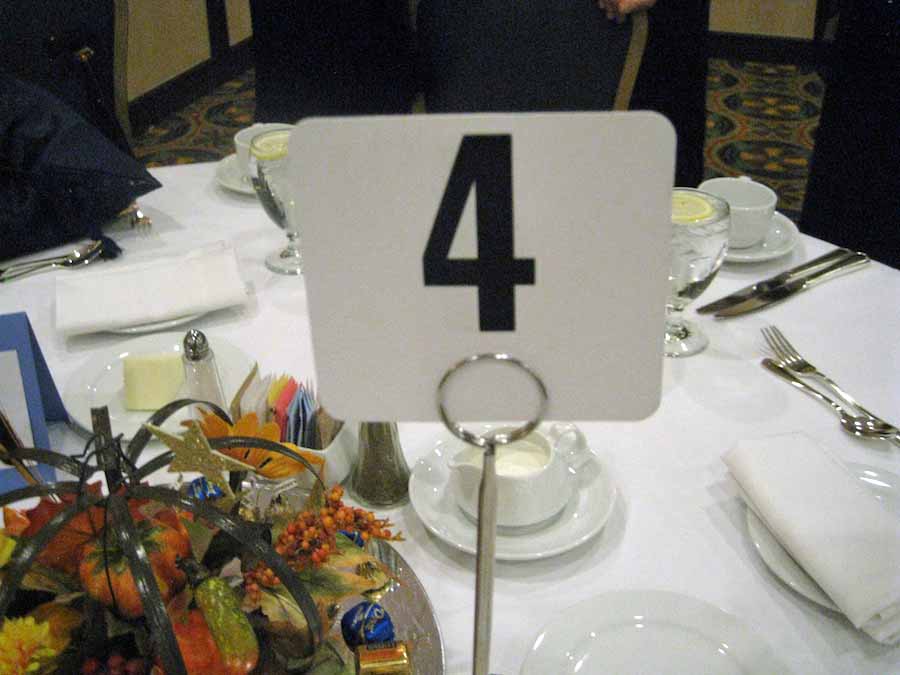
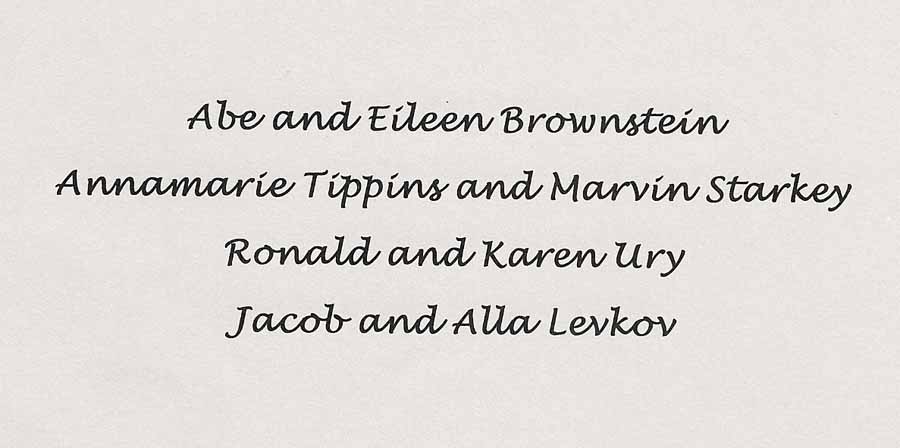
Did You Know? -
November 11/12, 2012, late night November 11 until dawn November 12 North Taurids
This shower is long-lasting (October 12 – December 2) but modest, and the peak number is forecast at about 7 meteors per hour. Typically, you see the maximum numbers at around midnight to 1 a.m., when Taurus the Bull moves nearly overhead. This year, the thin waning crescent moon won’t rise till close to dawn, leaving a long dark night for these rather slow-moving but sometimes bright North Taurid meteors. you might even see some Taurid fireballs. The greatest numbers of North Taurid meteors come just after midnight on November 12..
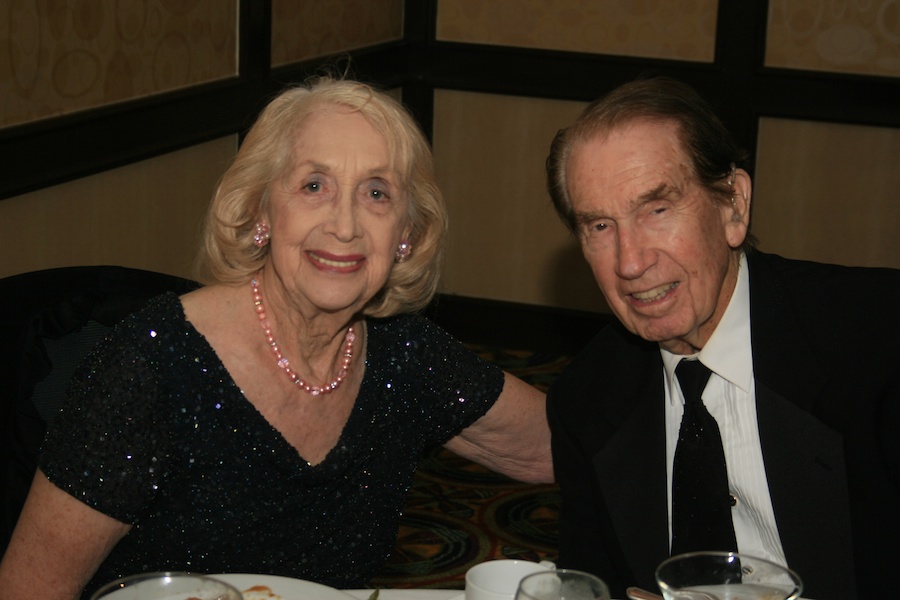
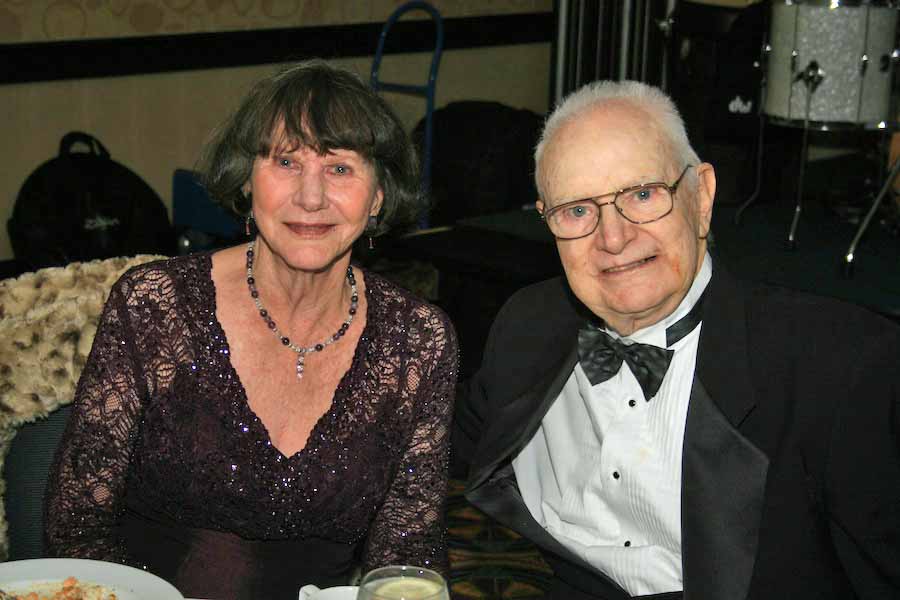
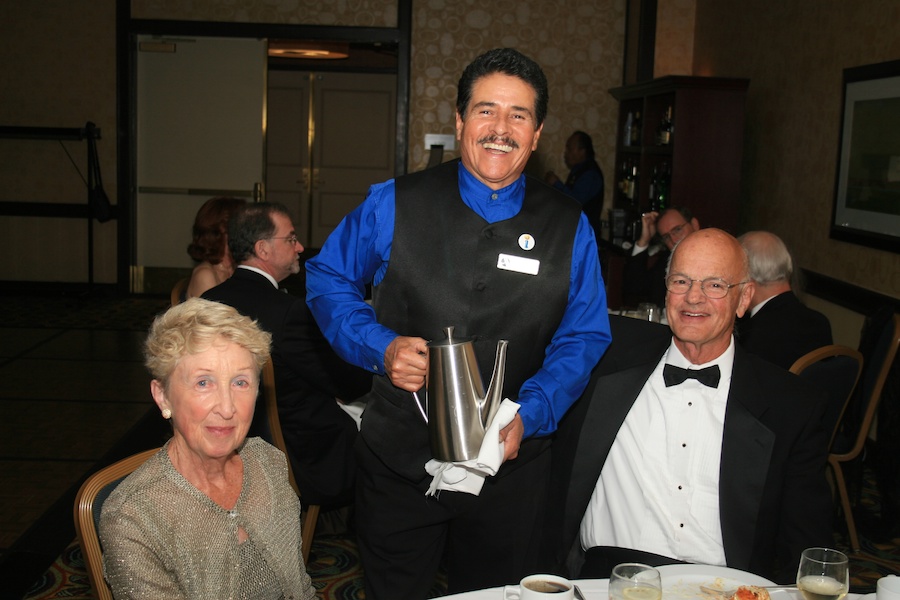

We got the scoop! This is their 51st wedding anniversary!
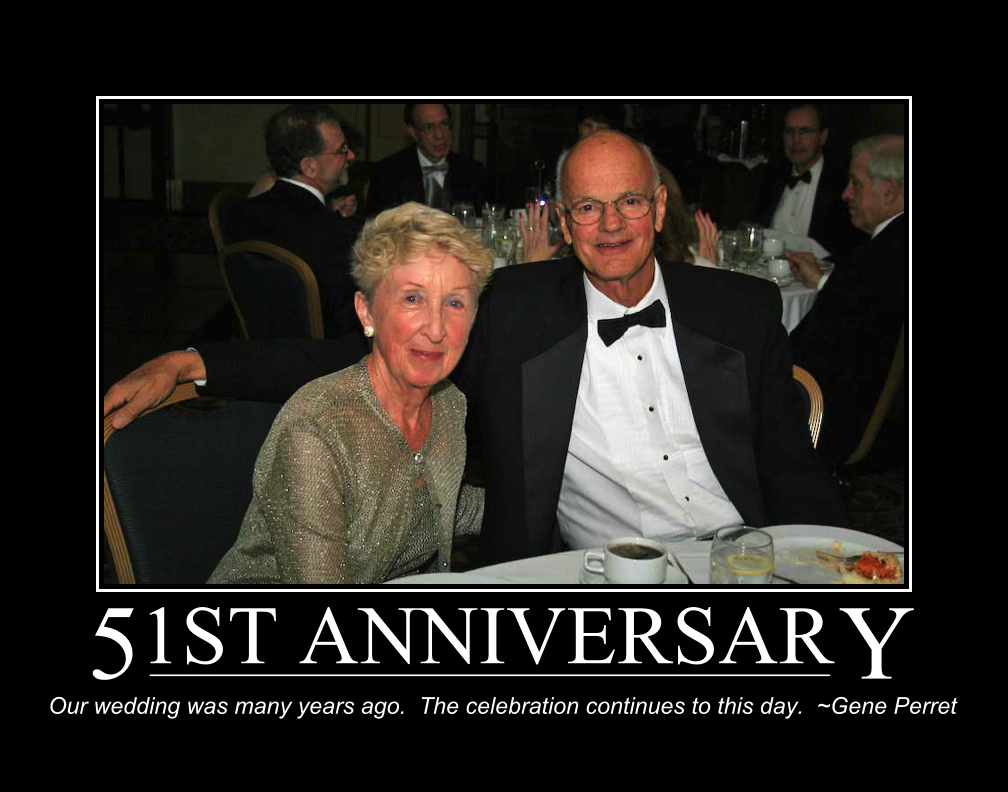
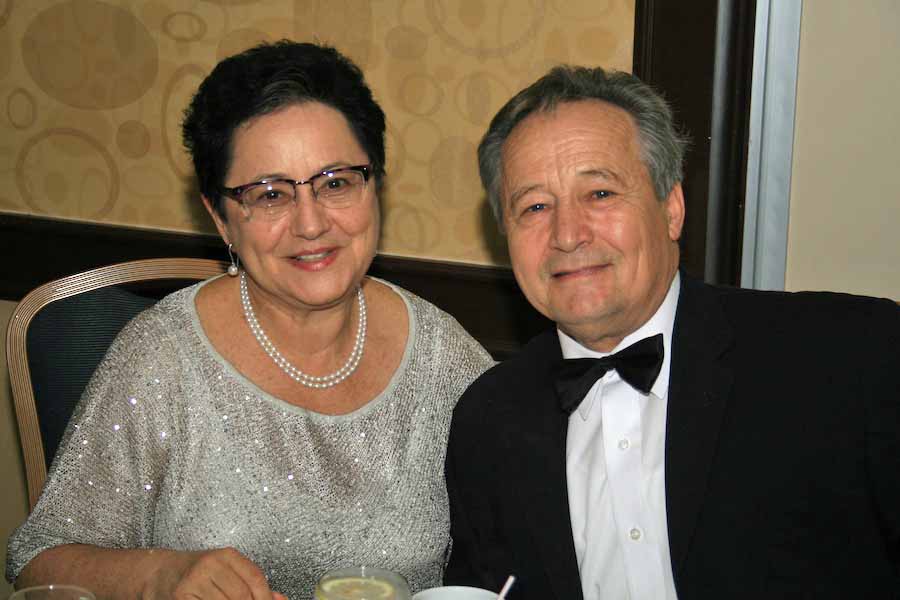
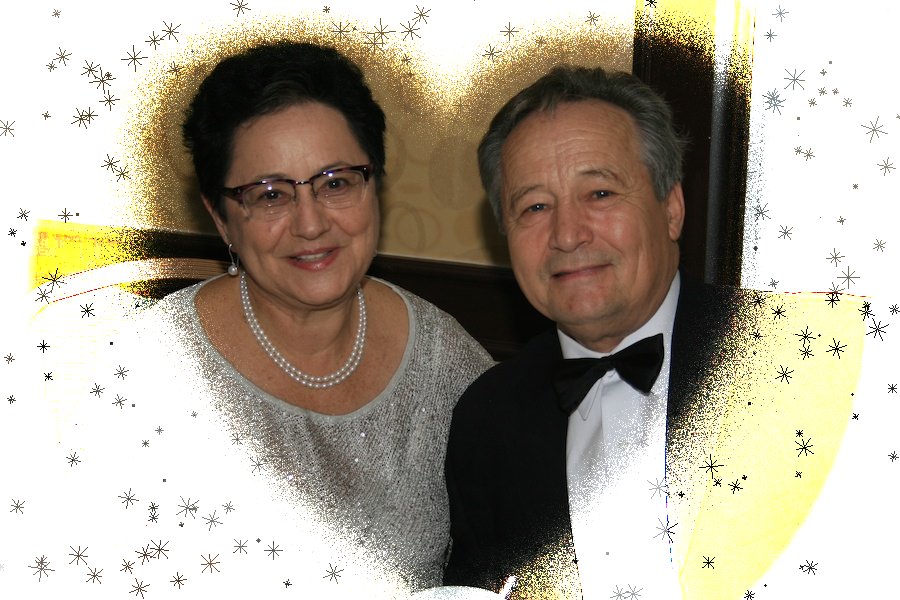

Table Five - Geminids
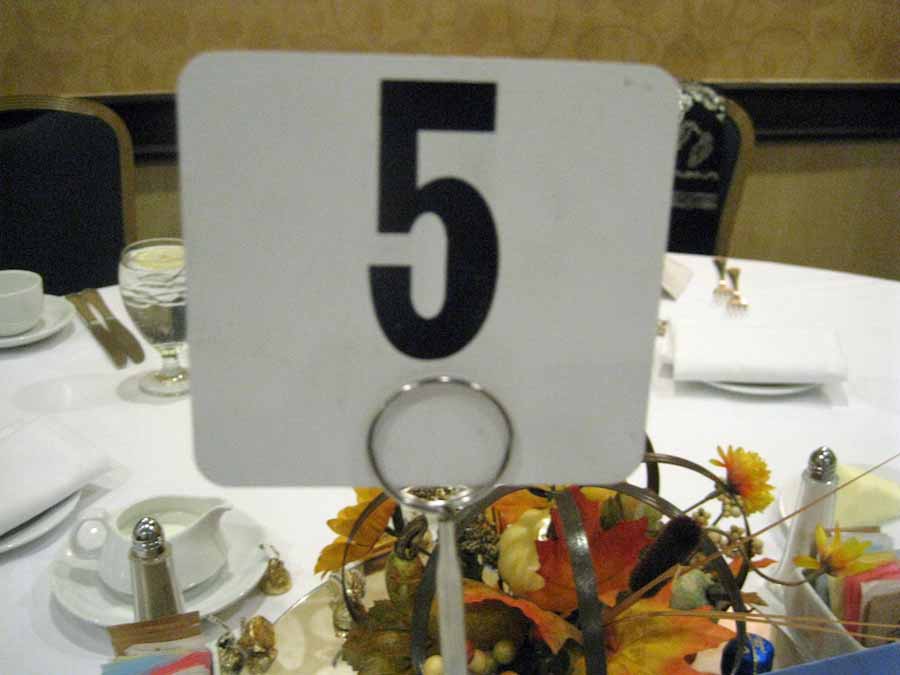
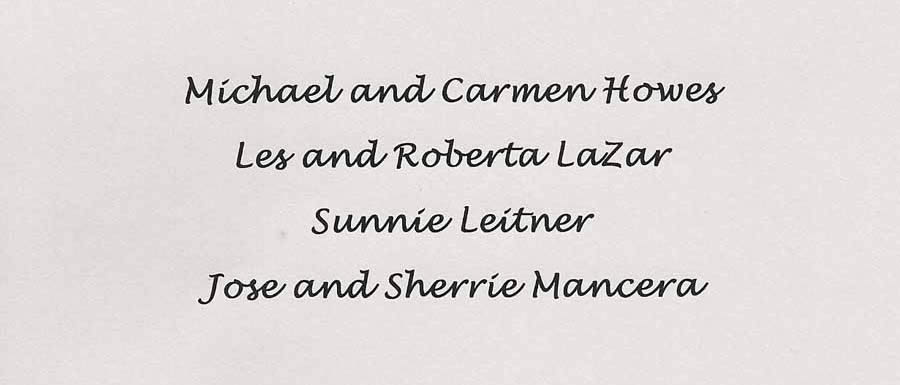
Did You Know? - December 13/14, 2012, late night December 13 until dawn December 14 Geminids
The final major meteor shower of every year (unless one surprises us!) is always the December Geminid shower, often producing 50 or more meteors per hour. It is a beloved shower, because, as a general rule, it’s either the August Perseids or the December Geminids that give us the most prolific display of the year. Best of all, the new moon guarantees a dark sky on the peak night of the Geminid shower (mid-evening December 13 until dawn December 14). But the nights on either side of the peak date should be good as well. Unlike many meteor showers, you can start watching the Geminids by 9 or 10 p.m. local time. The peak might be around 2 a.m. local time on these nights, because that’s when the shower’s radiant point is highest in the sky as seen around the world. With no moon to ruin the show, 2012 presents a most favorable year for watching the grand finale of the meteor showers. Best viewing of the Geminids will probably be from about 1 a.m. to 3 a.m. on December 14.
